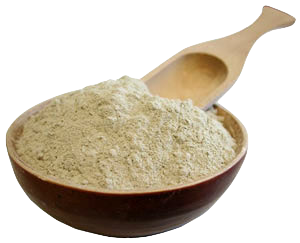Bentonite
Beneficial Bentonite
Enjoy taking baths with bentonite clay, (Montmorillonite), Calcium bentonite, sodium bentonite, aztec clay. This helps remove toxins from the body easing the workload on the kidneys and improving kidney functioning by utilizing the entire surface of the skin to aide in this process. Clay baths can be taken. Bentonite is a trade name given to clay mined in Fort Benton Wyoming back in the 1920?s. The mine shut down a year later. However, the name bentonite stuck and just about everyone offering clay uses the trade-name bentonite no matter the source of clay.
Sometimes as phosphorus rises with PKD, itching develops or this can also happen if bilirubin rises with PLD. To help ease itching skin try using bentonite clay paste in lieu of soap.
Bentonite Clay Soap
1 cup of Bentonite Clay or Aztec Clay or Green clay
1 tablespoon of raw honey
Add enough olive oil to make a paste
CAUTION olive oil can make shower surfaces very slippery.
While in the shower, apply olive oil on the skin. Then under running water, rub on bentonite clay paste. Wrap a half a sliced lemon in cheese cloth. Gently rub the cut surface of the wrapped lemon over the skin. Apply additional olive oil; rinse with water. Sprinkle baking soda on wet skin to help remove any residual oil that remains; add a final rinse with copious amounts of water; then pat dry.
Bentonite clay is volcanic ash that absorbs impurities such as toxins and heavy metals once it becomes hydrated, the electrical and molecular components of the clay rapidly change and produce an electrical attraction thus replacing the toxins with the minerals from the clay. When the clay is mixed with water the clay rapidly swells open like a highly porous sponge. The toxins are then drawn into the clay acting as a sponge through their electrical attraction and once drawn in, the toxins are bound ridding the body of toxins. This is useful for diminishing endocrine disruptors and other toxins. Bentonite clay should be stored in glass (nonmetal container). It has also been used for clarifying wine.
Red Desert Clay
Bentonite clay is not identical to Red Desert® Clay. Bentonite does not contain the same elements and will not have the tiny particle size or the high silica content of Red Desert® Clay. Red Desert® Clay particles are 5 microns or less.